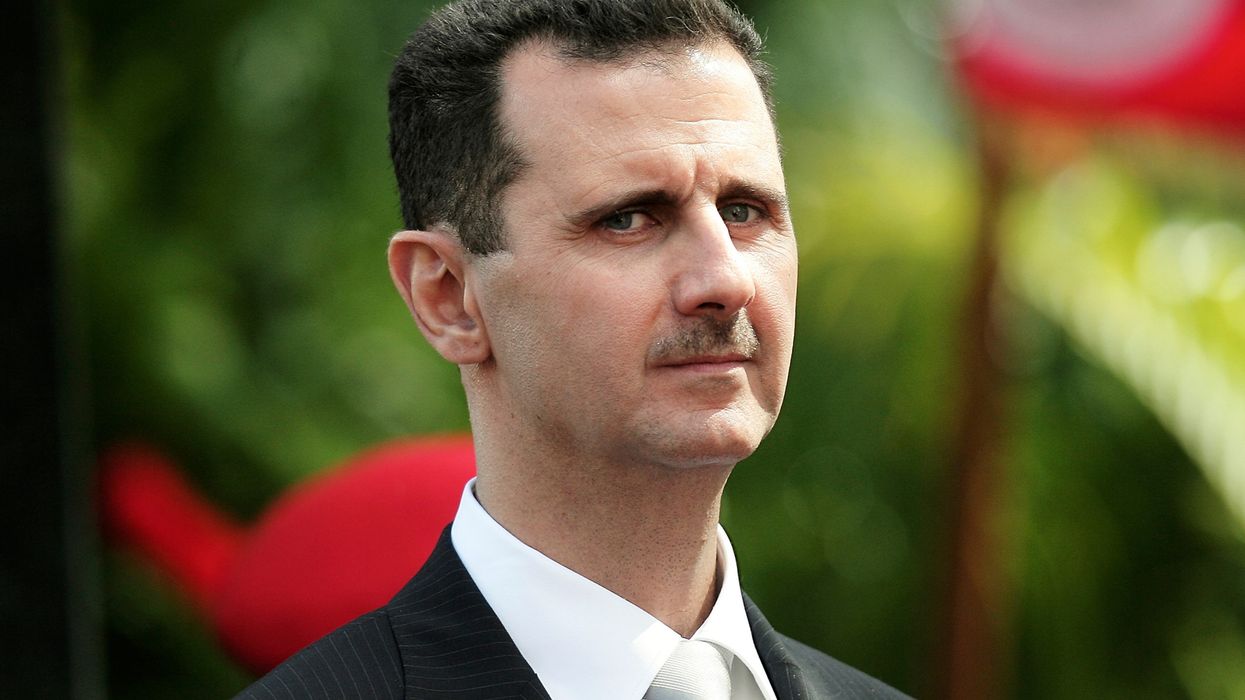Co-written by Alessandro Arduino
Public debates about China’s Middle East policy are as much internal Chinese discussions as they are indications of where Beijing’s thinking is going and efforts to nudge countries like Saudi Arabia and the United Arab Emirates to accommodate potential policy changes.
Relying on scholars rather than officials, China is signaling to Gulf states adjustments they would have to make to enable China to become more engaged in regional security and geopolitics.
The subtext in the scholars’ writings and statements is that a failure to reduce tension, particularly with Iran, could persuade China to either reduce its economic involvement in the Middle East or focus on relations with non-Arab states, two of which are arch-rivals of Saudi Arabia and the UAE.
At the bottom line, China’s subtle hints at what it would like Gulf states to do is in line with a Russian proposal that calls for a non-aggression agreement with Iran and possibly Turkey that would significantly reduce the risk of disputes spinning out of control and allow China to expand its engagement beyond economics.
In the latest blast, Chinese Middle East scholar Fan Hongda suggested that China rather than “overestimating” the importance of Arab states should pay more attention to the Middle East’s non-Arab powers, Turkey, Israel, and particularly Iran.
"Given Iran's expressed willingness to strengthen bilateral relations (with Beijing), China needs to respond more actively," Mr. Fan said in an op-ed published by Lianhe Zaobao, a Chinese language newspaper in Singapore.
Driving the point home, Mr. Fan argued in two articles in Hamshahri, a popular Iranian newspaper published by the municipality of Tehran, that China should forge closer ties to Iran irrespective of US policy or potential Arab opposition. “These overcautious concerns have no advantage whatsoever for the 'second most powerful country in the world,” Mr. Fan said referring to China.
The timing of Mr. Fan’s article will not have been lost on Gulf leaders. It comes on the back of the publication in Iran of a draft 25-year multi-billion dollar Chinese-Iranian agreement on economic and military cooperation. The draft sparked intense speculation about Chinese Middle East policy and how realistic an agreement was.
To capitalize on the speculation, Iran substantially increased the number of companies populating its pavilion at this month’s China International Expo (CIIE) in Shanghai.
Mr Fan’s article was further published as US President-elect Joe Biden prepares to take office in January with the stated intention to break with Donald J. Trump’s harsh ‘maximum pressure’ sanctions policy and return the United States to the 2015 international agreement that curbed Iran’s nuclear program. Mr. Trump withdrew from the agreement in 2018.
China’s suggestion that it has alternatives in the Middle East puts pressure on countries like Saudi Arabia and the UAE as they try to come to grips with a Biden administration that is likely to put greater emphasis on human rights and take a more critical view towards Gulf involvement in wars in Yemen and Libya.
Similarly, the suggestion anticipated a Biden administration effort to rejigger, if not reduce, the United States’ security commitment to the Middle East and possibly entertain a more multilateral regional architecture.
Mr. Fan’s proposal follows an article by prominent Chinese scholars Sun Degang and Wu Sike arguing that the Middle East was a “key region in big power diplomacy with Chinese characteristics in a new era.”
Messrs. Sun and Wu indicated that Chinese characteristics would involve “seeking common ground while reserving differences,” a formula that implies conflict management rather than conflict resolution.
The scholars said Chinese engagement in Middle Eastern security would seek to build an inclusive and shared regional collective security mechanism based on fairness, justice, multilateralism, comprehensive governance, and the containment of differences.
Earlier, Niu Xinchun, director of Middle East studies at China Institutes of Contemporary International Relations (CICIR), widely viewed as one of China’s most influential think tanks, adopted a different tone to drive the same message home: China’s interest in the Middle East was waning. To avoid losing China, Gulf states need to create a degree of stability.
“For China, the Middle East is always on the very distant backburner of China’s strategic global strategies … Covid-19, combined with the oil price crisis, will dramatically change the Middle East. (This) will change China’s investment model in the Middle East,” Mr. Niu said.
With few exceptions, Gulf states and media have largely remained silent about Chinese voices that reflect thinking in Beijing that calls into question China’s relations with key Arab states.
No doubt, Gulf states believe that China’s dependence on Middle Eastern energy and their significance to the Belt and Road Initiative (BRI) makes them all but indispensable.
The BRI is Chinese President’s Xi Jinping’s energy, infrastructure, and telecommunications-driven Eurasia-wide signature foreign policy initiative.
While the Gulf states may not be wrong, they remain vulnerable in an environment in which shifts in US policy force them to hedge their bets and be more attentive to the positions of China in an increasingly multi-polar world.
Said Mordechai Chaziza, an expert on China-Middle East relations: “Beijing has indeed become more concerned about the stability of Middle Eastern regimes. Its growing regional interests combined with its BRI ambitions underscore that Middle East stability, particularly in the Persian Gulf, is now a matter of strategic concern for China.”
This article has been republished with permission from The Turbulent World of Middle East Soccer.
















